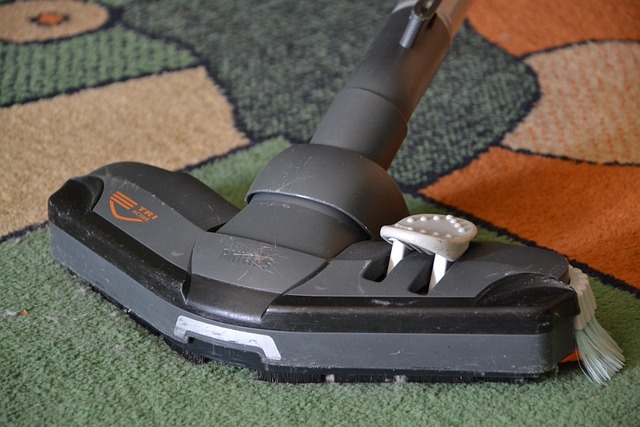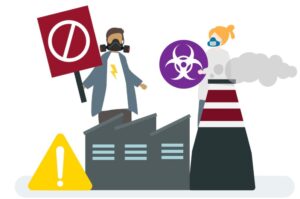
Ever tried cleaning an area rug yourself and ended up wondering why it still smells… off? Or why a simple stain turned into a permanent mark? You’re not alone.
Area rugs can seem simple, but cleaning them is a different story. They’re not like wall-to-wall carpet, and they definitely don’t behave like hardwood or tile when it comes to maintenance. A lot of the time, people approach rug cleaning the same way they’d handle a basic spill on the floor—but that’s where things start to go sideways.
Let’s talk about the common ways DIY rug cleaning tends to backfire and why it’s not always the money-saver it seems to be.
Water Isn’t Always Your Friend
One of the first things people do when something spills is grab a towel and water. Makes sense, right? Except with rugs, soaking them—even a little too much—can cause more damage than the stain itself.
Water tends to sink deep into the fibers and padding of a rug, especially thicker or more absorbent materials like wool or cotton. And once that moisture is in, it doesn’t just dry out with a few hours of air. It can linger in the layers you can’t see, where mold and mildew love to grow.
What you’re left with is a rug that looks clean but smells musty—or worse, causes issues with the flooring underneath. That’s something most people don’t think about: if the water reaches through to your hardwood or laminate floors, you’ve got a whole new problem.
The Product Problem
Cleaning products are another common issue. A lot of folks reach for whatever’s under the sink—maybe it’s a general carpet cleaner, maybe it’s a mix of vinegar and dish soap they saw online. The problem? Not all rugs can handle that.
Area rugs are made with a wide range of materials, from delicate natural fibers to synthetic blends. Some react badly to certain chemicals, especially if they haven’t been tested first. Even something as basic as an all-purpose cleaner can fade colors, leave sticky residue, or cause the dyes to bleed. And once color runs or fibers get damaged, that’s not an easy fix. Many times, that rug won’t ever look the same again. That’s why it makes sense to pay for professional area rug cleaning, as specialists will have years of experience and access to the best products for your rug specifically.
Scrubbing Makes It Worse
We’ve all done it—seen a spill, panicked, and started scrubbing. It feels like the right move in the moment, but it can do more harm than good.
Scrubbing pushes stains deeper into the fibers and spreads them out instead of pulling them up. On looped or hand-woven rugs, aggressive scrubbing can actually rough up the texture or pull threads out completely. Even if the stain eventually fades, the surface can end up looking worn or patchy.
A better approach is to gently blot and absorb, then stop and assess. But even blotting only helps if you’re using the right material and method, which is where most people start guessing.
Not Knowing What Your Rug Is Made Of
This one catches a lot of people off guard. You might assume your rug is synthetic when it’s actually wool, or think it’s cotton when it has a silk blend. The problem is, each type of fiber reacts differently to moisture, heat, and chemicals.
Wool, for example, is great at hiding dirt but super sensitive to pH and temperature. Silk is extremely delicate and should never be treated like a regular carpet. Jute and other plant-based fibers can fall apart with even small amounts of moisture.
Without being sure what material you’re working with, every DIY attempt becomes a bit of a gamble.
What About the Backing?
Most people clean only the surface of their rug—the part that gets walked on. But underneath is where a lot of the dirt, dust, and odors actually settle. And in the case of pet accidents or spills, that’s where the real damage happens.
When liquid soaks through the top, it can collect in the rug’s backing or padding. That leads to long-term odor issues, even if the surface looks fine. You can vacuum, spray, or shampoo the top all you want, but if the bottom layer isn’t cleaned out too, the problem stays.
It’s also worth remembering that moisture and cleaning products that soak through can damage the floor underneath, especially if the rug isn’t lifted and dried properly.
DIY Often Misses the Deep Clean
Even with regular vacuuming, rugs hold onto grit and debris deep within the fibers. That buildup can cause fibers to break down over time, especially in high-traffic areas. It’s the kind of wear you don’t notice until the rug starts to feel thinner or the pattern looks dull.
DIY methods usually focus on surface cleaning. They don’t pull out the embedded grit, allergens, or bacteria that slowly eat away at the rug’s structure. Professional cleaning, on the other hand, reaches into those lower layers. It’s not just about appearances; it’s about keeping the rug from wearing out too soon.
Odors Stick Around for a Reason
One of the most frustrating parts of DIY rug cleaning is when the stain fades but the smell stays. This is especially common with pet accidents, food spills, or anything that soaks in deep. The smell isn’t just on the surface; it’s in the backing, the fibers, and sometimes the floor beneath. Sprays and powders might cover it temporarily, but they rarely solve it.
If the smell seems to come back every few days, even after cleaning, that’s a sign the issue wasn’t handled fully.
Color Bleeding Is (Unfortunately) Common
Rugs with rich patterns or deep reds and blues are often dyed with materials that aren’t fully colorfast. That means they’re prone to bleeding if they get too wet or come into contact with the wrong cleaner.
It’s a common mistake—someone spills wine, grabs a wet rag, and suddenly the dark red sections are smearing into the cream background. And at that point, it’s rarely fixable.
Professionals will always test for color stability before applying moisture or cleaners. Skipping that step can lead to permanent damage.
A Better Way to Protect What You Love
You don’t have to treat your rug like it’s untouchable. But you also don’t want to treat it like it’s just another piece of carpet.
A careful, professional clean every so often goes a long way; not just in appearance, but in keeping the structure and integrity of the rug intact.
After all, once a rug’s damaged, there’s no “undo” button!




